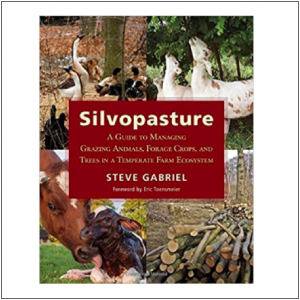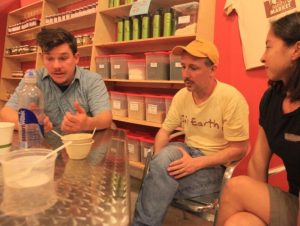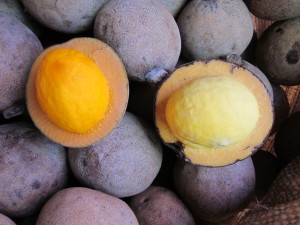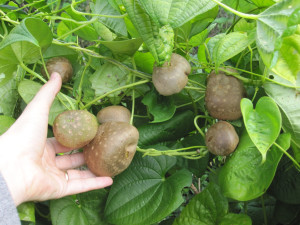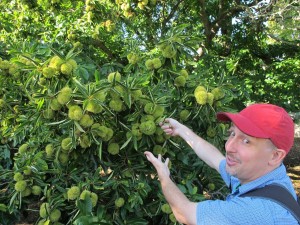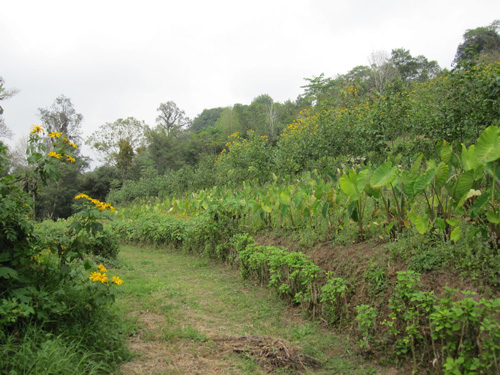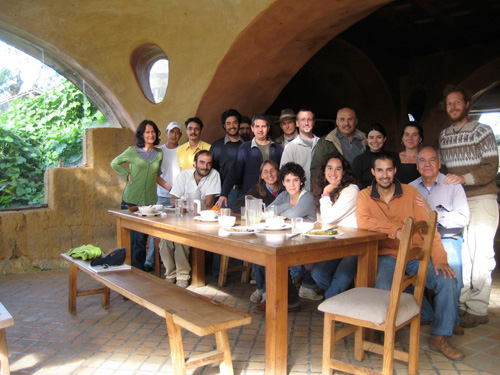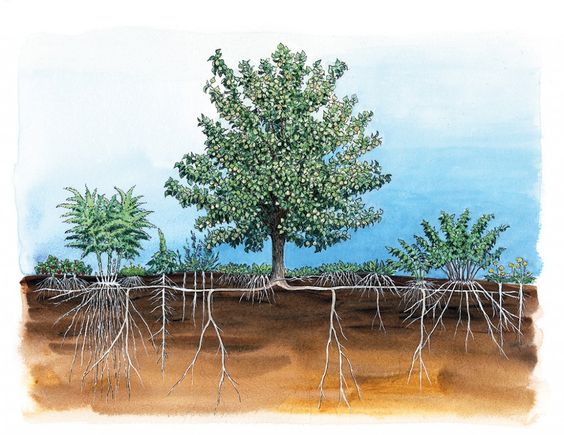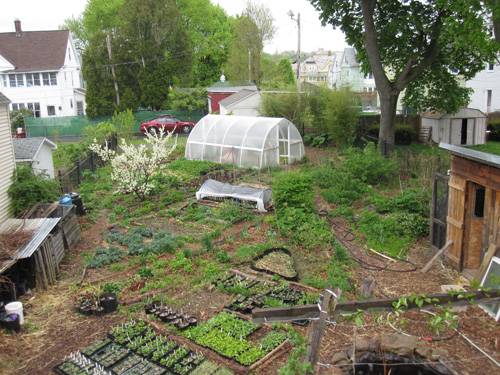This article is an excerpt from my recently published book Carbon Farming: A Global Toolkit for Stabilizing the Climate with Tree Crops and Regenerative Agriculture Practices, and was part of a series promoting my kickstarter campaign to raise funds with which I completed the book.
Melon and squash seeds are important staple foods in many parts of the world. These seeds are high in oil and protein, and are represented in the American diet by roasted pumpkin seeds. In Africa, this food is known as egusi, which can apply to the seeds of a number of different species. The most common is a form of the annual watermelon (Citrullus lanatus) that is grown not for its flesh, but for its seeds. Telfairia species (see below) are also known as egusi.
Perennial egusi, or colocynth (Citrullus colocynthis), is an herbaceous vine that resembles its annual cousin the watermelon. It is tolerant of extremely dry conditions, even growing in the Sahara desert. Its native range runs from North Africa through India and Pakistan. Perennial egusi grows in arid and semiarid tropical and subtropical lowlands. In some regions it is grown for erosion control on shifting sands.
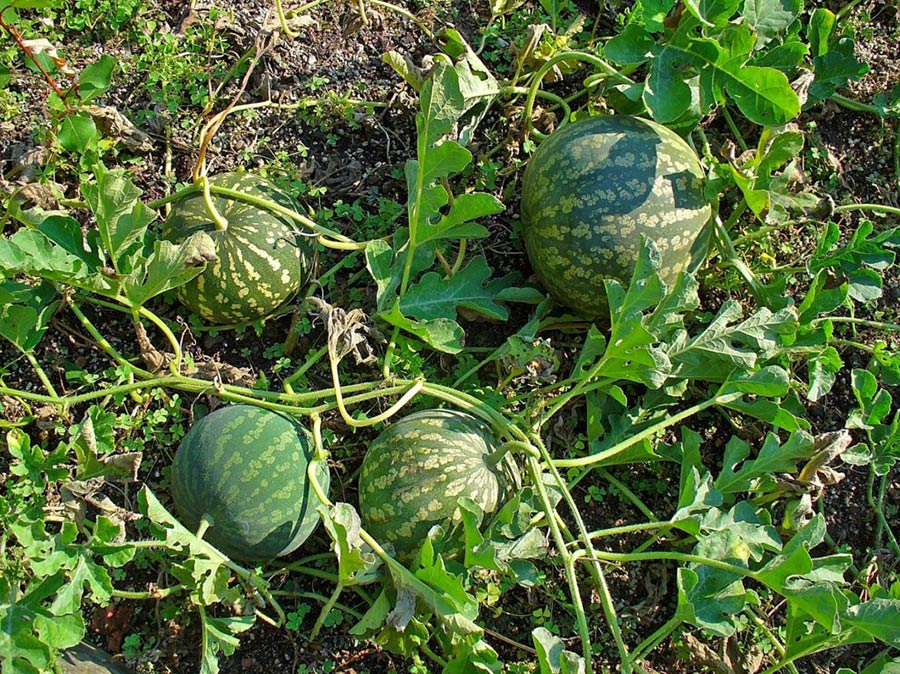
The pulp of the small fruits is toxic, but the seeds are edible. The fruits are picked when still unripe, and the seeds are extracted. In some regions it is cultivated, and in others wild–harvested. Apparently some improved varieties of this ancient crop have been selected. Reported seed yields vary widely, and range from 480 to 6700 kg per hectare. Oil content also varies widely in different reports, from 13 to 47%. The higher reported yields would make the species one of the very most promising perennial staple crops for drylands–certainly a crop worth developing further and investigating. Currently there is some interest in it as a biodiesel feedstock.
Perennial egusi has been crossed successfully with annual watermelons for the purpose of conferring disease resistance to the popular annual fruit crop. This would imply the potential of developing a true perennial watermelon, which, while not a staple crop, would be a lovely addition to the world’s perennial crop palette.

